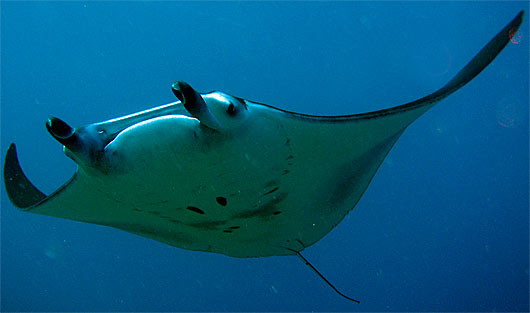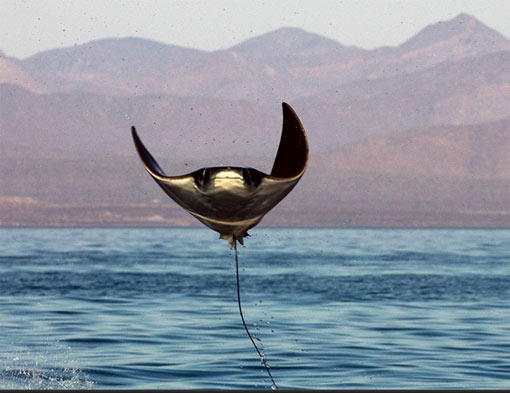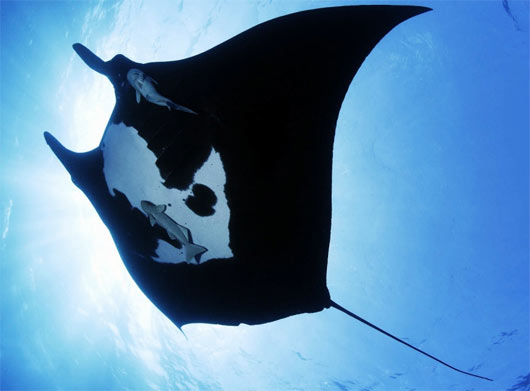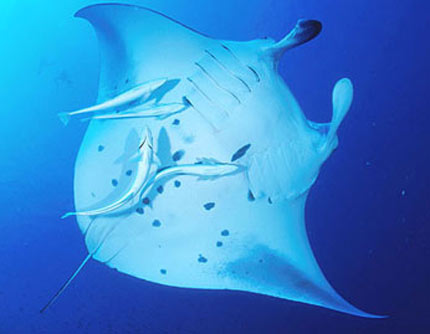Manta Ray – Majestic Swimming Blanket

You might consider the manta ray one of the most fascinating and interesting creatures who lives in our seas. They’re quite elusive and we don’t know very much about them which is part of the reason why they are considered so fascinating. It’s believed the manta ray evolved millions of years ago to become the creature we see today and they are a very large animal, with only the shark and whale being bigger than them in the seas. Specimens have been recorded with a “wingspan” of 25 feet (7.6 m). Recent studies have suggested there may be more than one subspecies of manta but the research into this is still being collated and discussed.

We often see the manta ray in popular culture mediums like the various documentaries across the documentary channels. This is a unique creature; especially from an anatomical perspective and this is what fascinates researchers the most. They are perfectly designed for their environment. Manta means blanket in Spanish and the word from old Latin is meant to describe what the ray looks like – a swimming blanket. How graceful they can be! The long flap-like lobes on the sides of the head help them direct food into their mouths.

We know very much detail about the habits of the ray but the basics are available such as their choice to live in subtropical and tropical waters. They are also known to be filter feeders which means they are constantly consuming and they take in tons of food every day. They are also frequent visitors to ‘cleaning stations’ where small fish including angelfish and remora will swim around their gills to feed and clean out all the dead tissue and parasites. The only known predators of the manta are large sharks and occasionally orca whales. If they are being chased by one of these predators the may jump out of the water.
The reproductive pattern of the manta ray is actually very complex. The male of the species is extremely aggressive and they have to fight very hard to win the female’s attention from other males. This is mainly due to the fact that the male population far outweighs the female.

You will rarely see a manta ray in captivity because of their humongous size. In fact, only four aquariums in the whole world actually keep these creatures. The majority of aquariums which have manta rays ‘host’ them rather than keeping them in captivity meaning they re-release them into the wild after an exhibition period.
